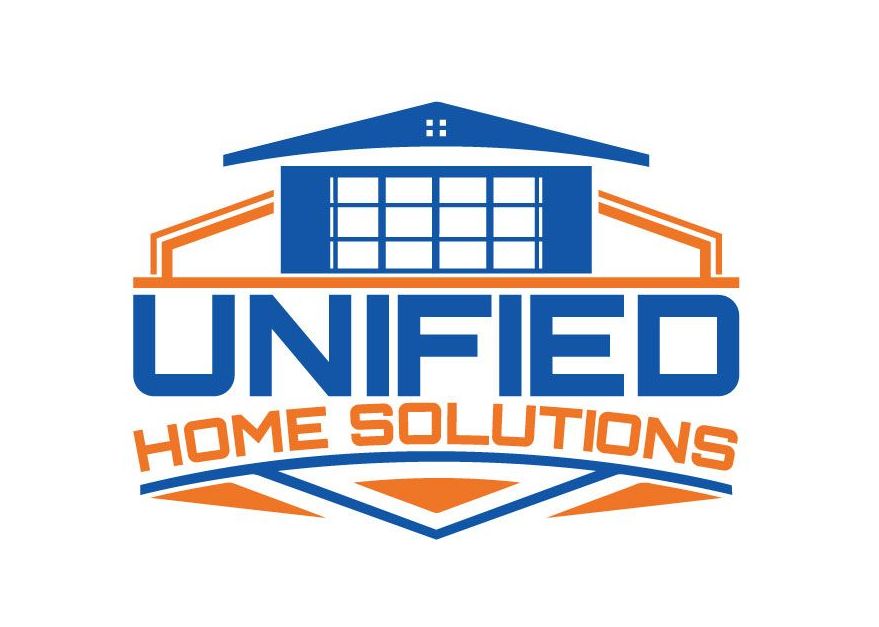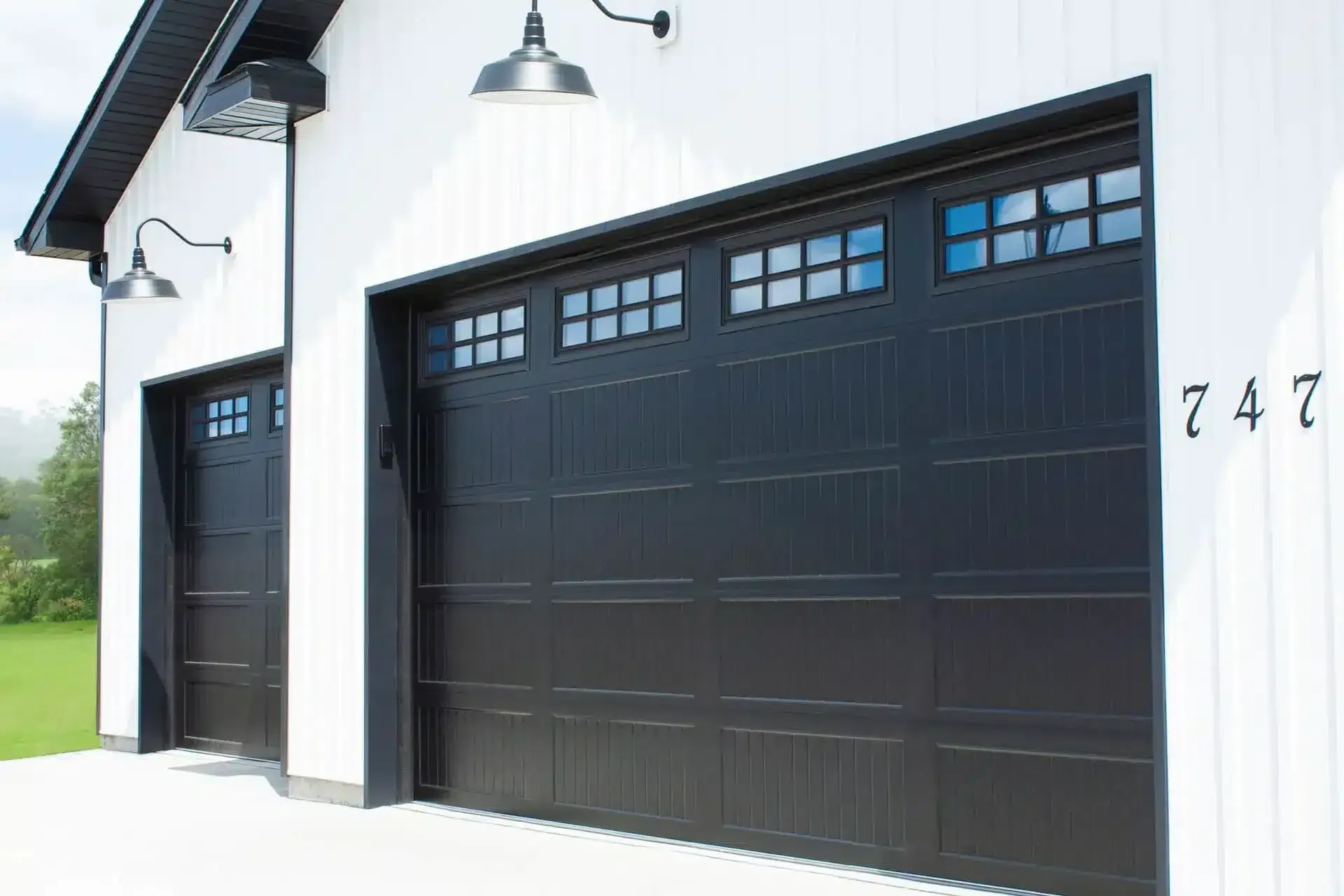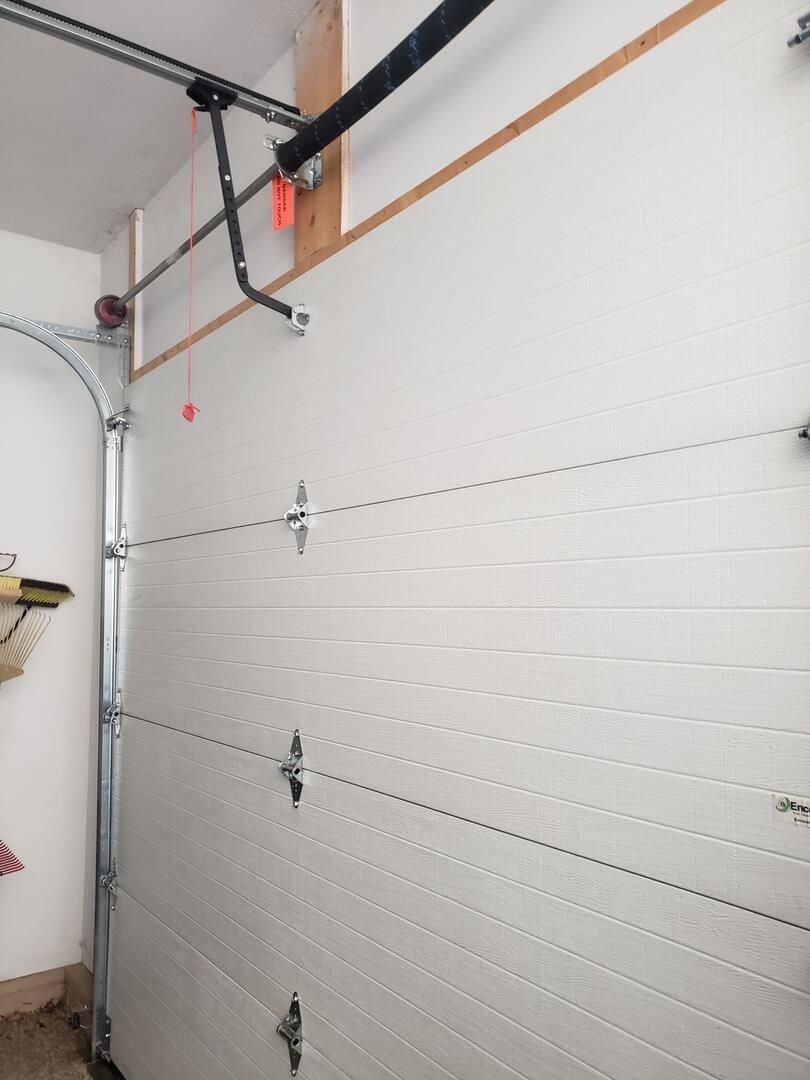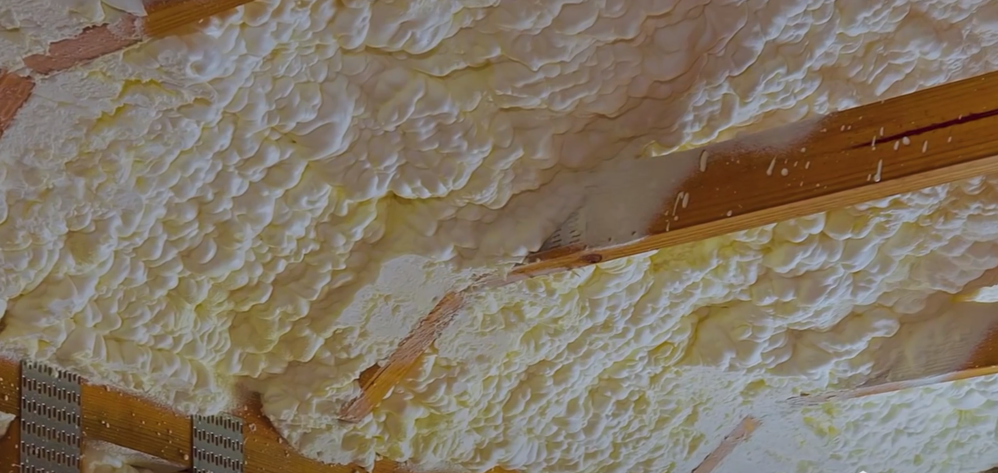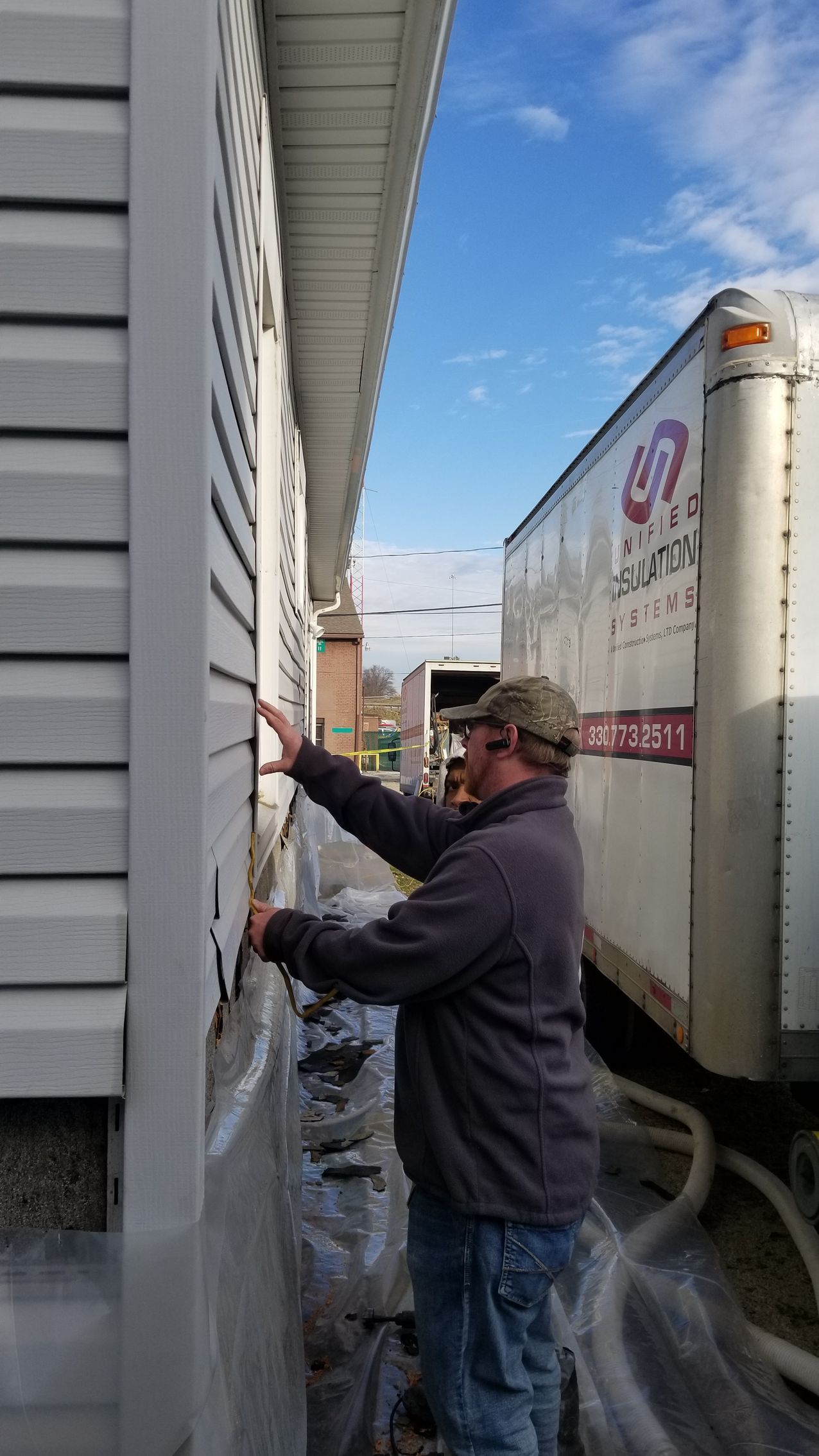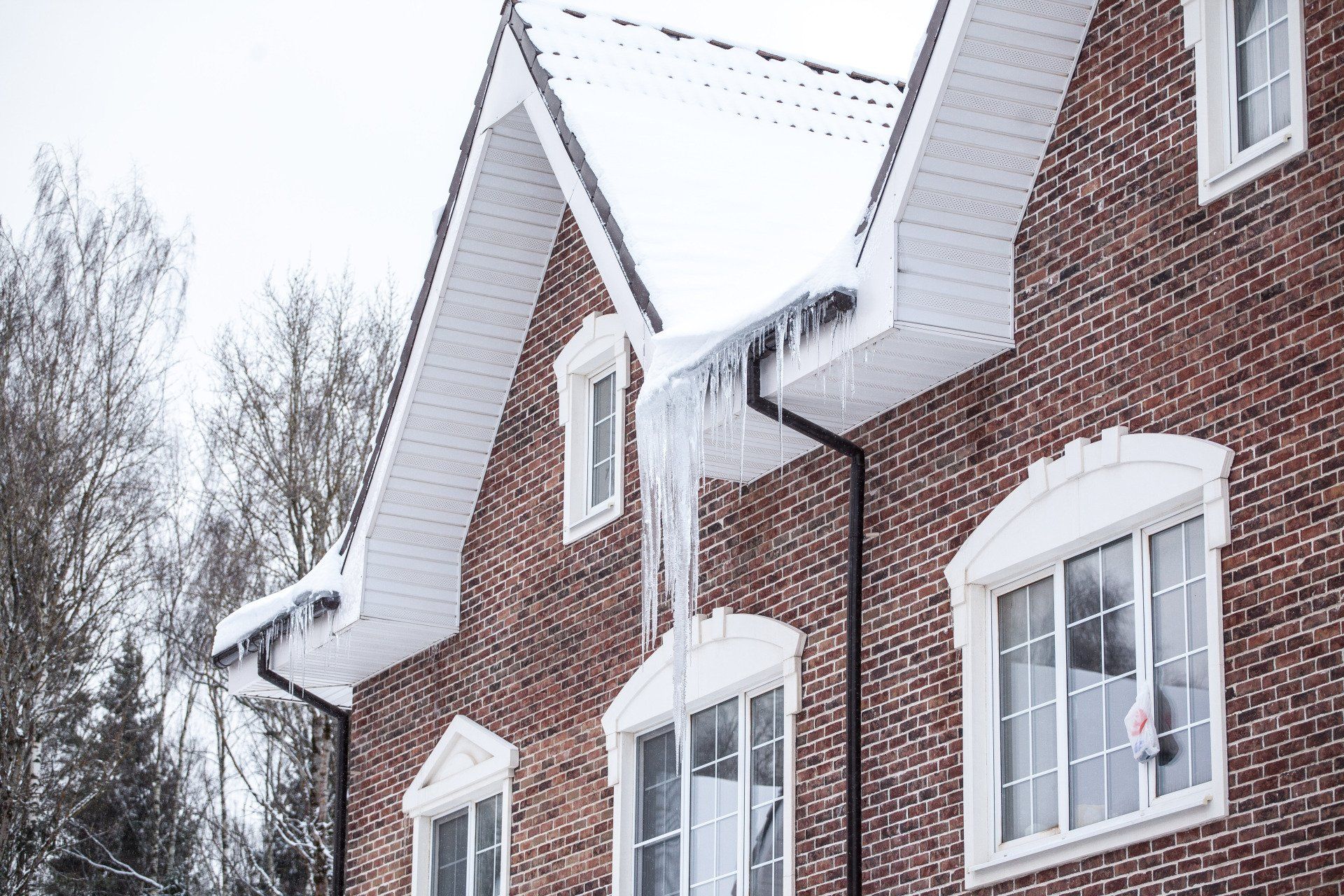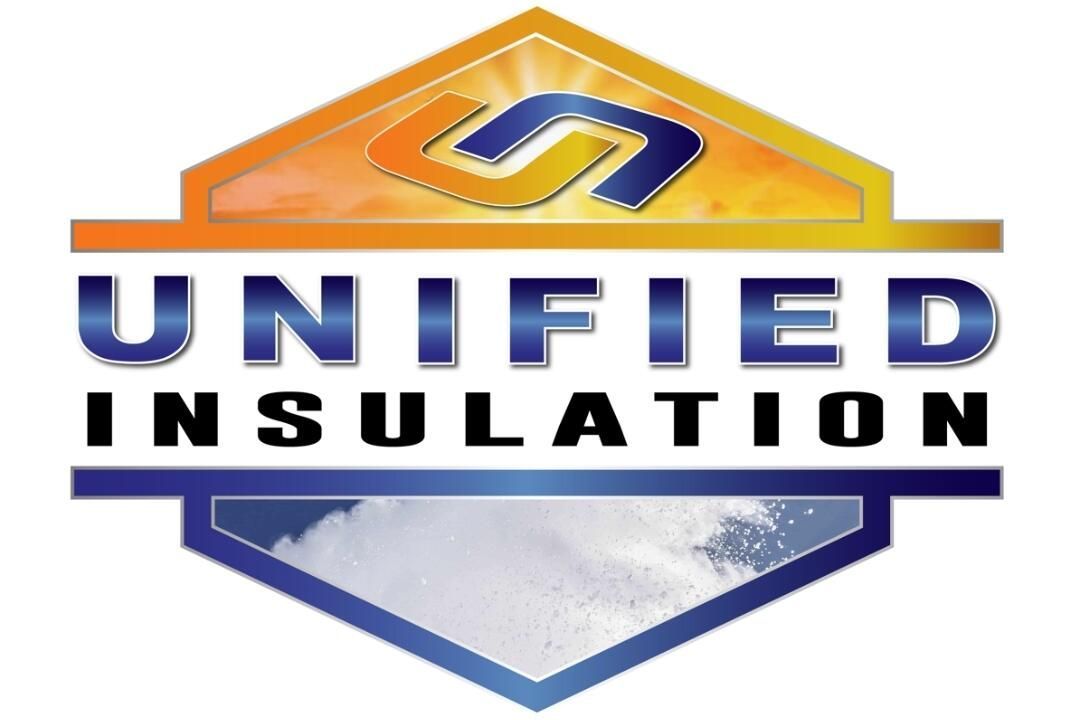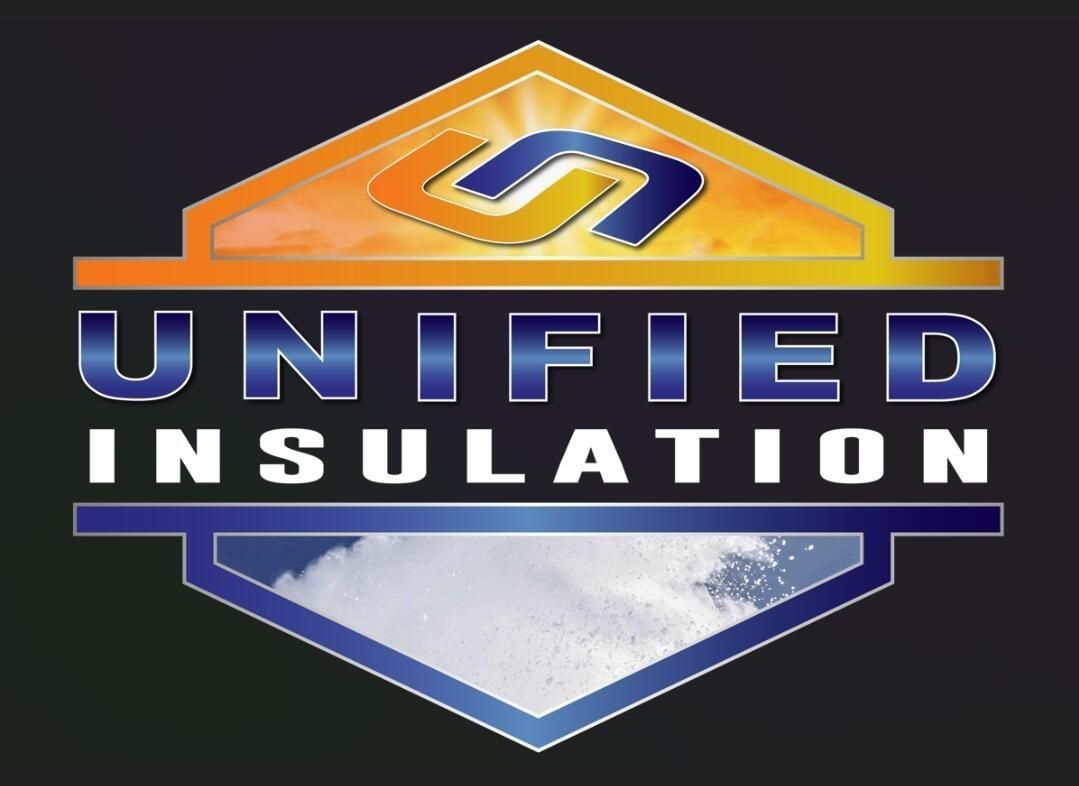After-Market Mobile Home Insulation: Increase protection to decrease bills

The fundamentals of aftermarket insulation and its role in enhancing protection for mobile homes.
Lets start with a few facts, one you know and another you might not know: Fact #1: Ohio can get incredibly cold in the winter time. Fact #2: Most of Ohio is in “Climate Zone 5”, which is a set of 7 zones, based on temperatures, from zone 1 being the warmest and zone 7 being frigid and barren. Each of these zones has been studied in depth and the insulation for them has been standardized, providing minimum values required, by the IECC, or the International Energy Conservation Code.
That was quite a mouthful just to explain that Fact #1 stands true, Ohio can get incredibly cold in the winter. So mankind must adapt, overcome, and improvise! Insulation is the best form of protection from cold weather and every comfortable home has it. We are going to focus this blog on Mobile Home insulation, how the manufacturer installed insulation needs a boost for Ohio's winters, and how Unified Insulation Systems can help!
Mobile homes are sent out from the manufacturer with some insulation, about R-19 on the newest models, and as low as R-3 on older models. The sides are insulated with foam boards that are sealed into the panel. This is sufficient insulation for the Southern States, but up North, here in Ohio, even the best from the manufacturer is about half of the insulation that you want on your home.
Unified Insulation Systems adds an underbelly and insulates the bottom Mobile Homes. Because mobile home sidewalls are sealed at the factory, we aren't able to add any insulation into the sides of a mobile home, but the bottom is always accessible and attic space is occasionally accessible, so we focus on insulating primarily the flooring and then the attic if we are able to access it.
First we prep the areas, removing old and damaged insulation, if present, removing the plastic liner that stops vapors that rise off of the ground, removing any vented panels under the home that are damaged, cracked, incorrectly placed, or otherwise ineffective. We'll also take a look at your duct work and check if they're still wrapped with insulation, and if that insulation is in good shape.
After the prep is complete, we'll attach an underbelly liner, referred to as 'belly paper' which is a breathable woven sheet that is attached to support beams. This is intentionally left a little bit loose, so that lightweight fiberglass insulation can be blown into the liner until filled, which will then hold it tightly against the bottom of the home. The underbelly will have a bubbly appearance when complete, due to being filled and attached at different places. This insulation will have an R-value of 38, meaning its double what the best insulation from the manufacturer provides!
We will also insulate and seal any duct work that isn't insulated or has damaged insulation. This ensures that hot and cold air blown into the home stays as warm or cold as it can during transportation. Because duct work is underneath a mobile home and exposed to outdoor temperatures, these ducts are more vulnerable to temperature variants. The ducts are also often made from aluminum, which changes temperature easily, making it more vulnerable when uninsulated.
Insulation will also seal off any air leaks in the duct work, a spot that often lets go of a lot of heated or cooled air, which costs the owner extra money. Wrapping them in insulation is a good step to take towards saving money on energy costs and increasing the comfort of those indoors.
Finally we will attach vented panels to the skirt of the mobile home. This keeps critters out, while still allowing the mobile home to breathe. Critters are a top source of damage to insulation, especially fiberglass, so caution must be taken to make sure they cannot enter the underside of a mobile home or modular home. If you would like to see Unified Insulation's page on mobile home insulation and its processes, click here!
After Unified Insulation has insulated and weatherized your mobile home, there are Government tax credits to take advantage of, up to $1200! We will provide the documentation so that you can apply for the rebates when filing your taxes, using form 5696 – Residential Energy Credits, provided by the IRS and found online at: https://www.irs.gov/pub/irs-pdf/f5695.pdf
While this sounds amazing, having a fully insulated and weather sealed mobile or modular home, homeowners may still worry about paying for this upgrade, and we completely understand! This is why Unified Insulation is partners with the NEIF, the National Energy Improvement Fund, which provides fixed rate monthly payment plans for energy and resilience home improvements. This lets homeowners spread out the cost of insulation upgrades into smaller payments instead of paying for it all at once! Here is the page with all the information on financing: https://www.unifiedinsulation.com/insulation-financing-options
